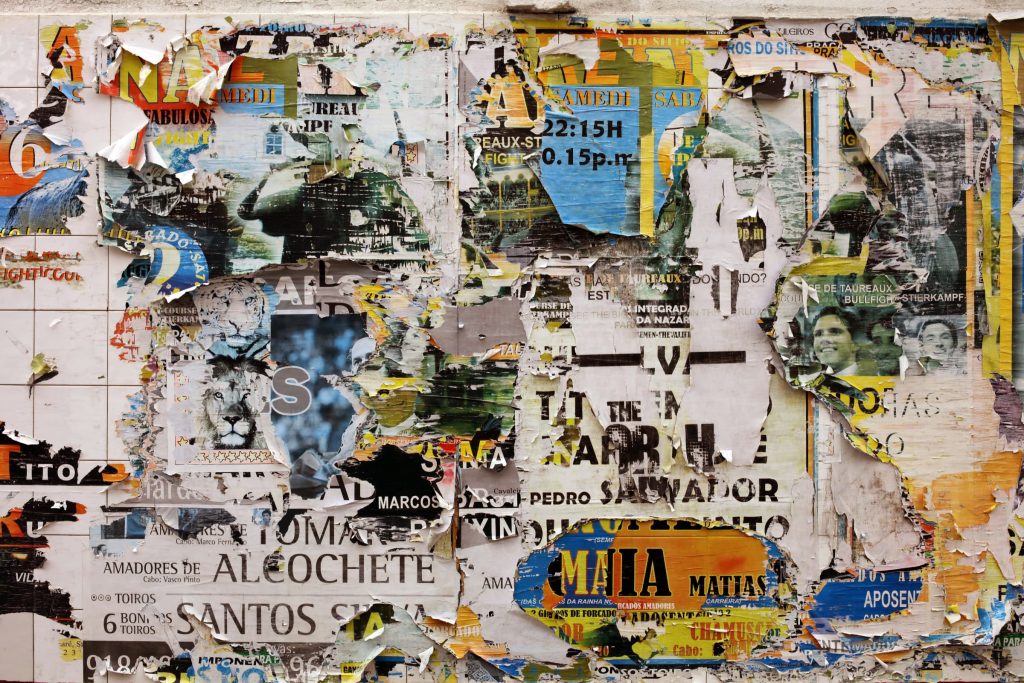Whether it’s a public holiday or personal occasion, the demand for chocolate gift delivery is there. According to Confectionery News, the manufacturing of cocoa and chocolate contributed more than £1 billion to the UK economy.
Do you ever wonder, however, why people love to give chocolates as presents? If you’re curious to know, then you need to trace its long history. Begin with the days of the ancient civilizations.
A Gift from the Gods
Nobody knew who discovered chocolates or cacao beans. One of the earliest-recorded data showed earthen vessels dating back to 1500 BC containing theobromine. It is one of the active compounds present in chocolate (but it is also in tea). One thing is clear for now: its origins began in South and Central Americas, where cacao trees were abundant. The ancient civilizations in the area also maximized the produce in many ways.
For example, the Mayans used chocolates as part of their celebrations and as ingredients to their ceremonial drinks. Among them, the beverage, served with hot spices, was commonplace in most of the homes and public places. Eventually, the Aztecs also fell in love with chocolates. They even increased their value by using cacao beans as their currency. It was also them who called these products as gifts from the gods.
Trip to Europe

How cacao beans traveled from the New World to the Old World might be due to two of the most famous conquistadors in history: Christopher Columbus and Hernan Cortes. Christopher Columbus, the 15th- to 16th-century Italian explorer, was notorious for bringing the Americas to Europe through the expansion of the Spanish rule in the former and trading.
As customary, when he arrived from his fourth voyage to the Old World, he brought along products. One of these included a cargo filled with cacao beans. During this time, the Europeans paid little attention to the plain-looking produce. It didn’t help that chocolates of long ago were spicy. It didn’t appeal to the palates of the ladies and gentlemen.
Everything changed in 1521. Hernan Cortes, the conquistador who historians believed caused the fall of the Aztecs, presented a cup of chocolate to then King Charles V. It still didn’t suit the taste of the Europeans, but they tweaked on the recipes. As they say, the rest is history.
How Chocolates Became Presents
Even when the European kitchens had improved the recipe, producing chocolates for consumption was difficult and tedious. They were still in liquid form, and concocting a drink meant manual grinding. Exporting cacao beans was also expensive. It didn’t come as a surprise when only the nobility could enjoy the exotic drink. Then, mass production became the norm.
By 1830s, during the reign of Queen Victoria, chocolates were already accessible to the middle classes. Chocolate manufacturers such as Ricard Cadbury enhanced the taste to make it even sweeter. Most of all, the company capitalized on a growing occasion in Victorian times: Valentine’s Day. Cadbury packed these now-solid chocolates into boxes featuring roses and Cupids.
The chocolates revered by the Mayans and Aztecs are different from the ones you can buy today. Their flavors even changed. Still, they remain one of the revered products in the world.




